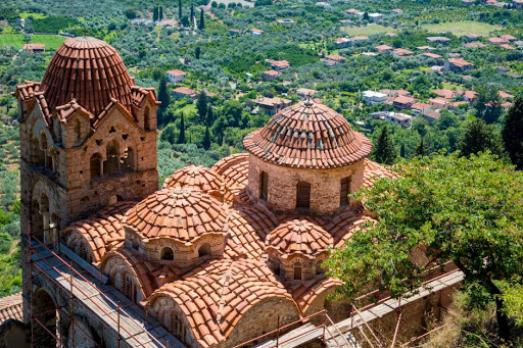
Church of Holy Mary Pantanassa
Mystras, GR
The church was built in 15th century (1428) in a autonomous Greek kingdom which created after the contemporary dissolution of Byzantin Empire(1204–1261). It's a cross in square with domed basilica.
Here you can search for a building to visit. You can use the map find destinations, or you can use the filters to search for a building based upon what different criteria.

Mystras, GR
The church was built in 15th century (1428) in a autonomous Greek kingdom which created after the contemporary dissolution of Byzantin Empire(1204–1261). It's a cross in square with domed basilica.
Monastiraki, GR
The Church of Holy Spirit (Agia Pnevma) is a 15th-16th century place of worship in the Ha Gorge in western Crete.

Agia Triada, GR
.

Vila do Porto, PT
Under the invocation of Our Lady of the Assumption, patron saint of the town, it dates back to the beginning of the 15th century, making it one of the oldest churches in the archipelago. It is widely referred to by Gaspar Frutuoso and, nowadays, its history can be found in the work of Dr. Manuel Monteiro Velho Arruda. He was head of the Commandery of Our Lady of the Assumption.
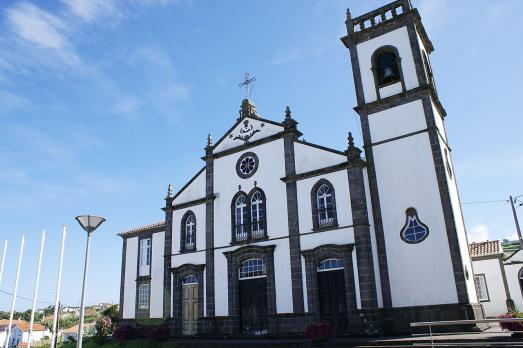
Sobreposta, PT
This very old temple was founded in the 18th century and has undergone maintenance and improvements over time. This appreciably large church has a single bell tower and fine black basalt stonework.
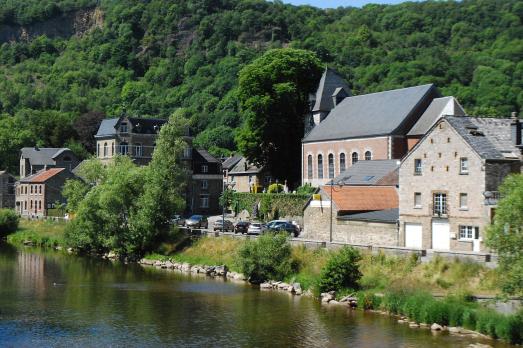
Aywaille, BE
Situated on the banks of the Amblève, encircled by an ancient graveyard with two fine chestnut trees in front of its porch, this church pleases those who appreciate rustic simplicity.
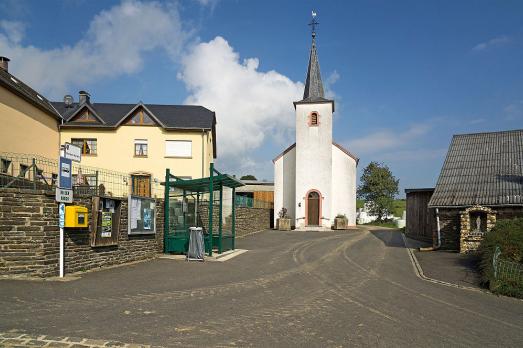
Leithum (Weiswampach), LU
The church of Leithum was built in 1879 after Luxembourg became independent from the Diocese of Liège. It is dedicated to the 14 Helpers in Need and later to the Immaculate Conception.
Falassarna, GR
Church of Ioannis Xenos is an Orthodox place of worship in Falassarna, dedicated to Osios Ioannis and St Eustathios. It belogns to the Diocese of Kissamos.

Choumeri, GR
.
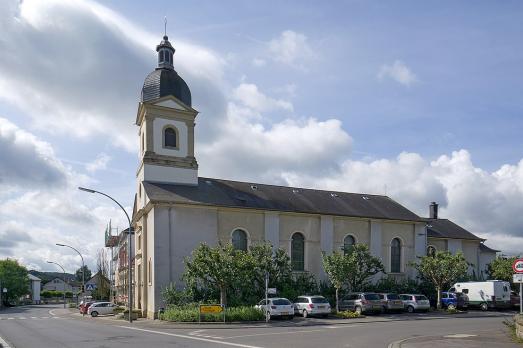
Moesdorf , LU
The church in Moesdorf was built in 1837 in the classical style, according to the plans of François Cordonnier from Arlon. The octagonal dome above the spire was only installed in 1903.

new
Nestled amidst the serene landscapes of the Harz region, lies a hidden gem for nature enthusiasts and history buffs alike - the Harz Monastery Hiking Trail. Lace up your hiking boots and embark on this captivating adventure that will transport you back in time.

The Holy Mile (Miglio Sacro) of Naples is a one-mile-long itinerary, through sacred places linked to the city's patron saint, San Gennaro, in the Rione Sanità district. Discover the city from a new perspective with this unique walking tour.

As a university city, cultural offerings abound in Tartu and will reach their peak after being designated one of three European Capitals of Culture for 2024. In this list, we've compiled the most interesting sacred places to visit in and around the old town.